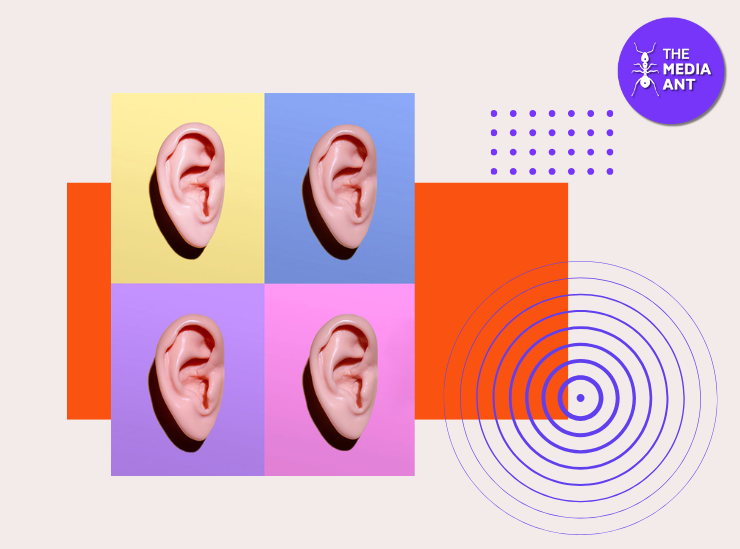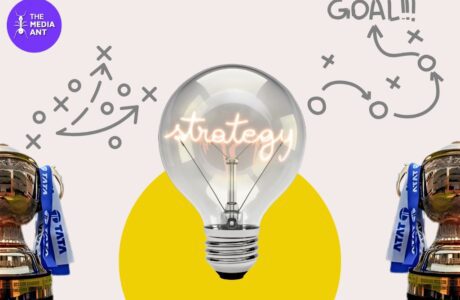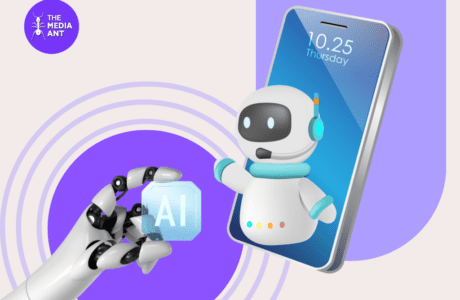In a fast-paced digital world brimming with visual noise, sonic branding stands out as a powerful way to connect emotionally with audiences. From memorable jingles to subtle interface tones, audio has the unique ability to cut through clutter and leave a lasting impression. Especially for Indian brands seeking distinctiveness in crowded markets, sound can be a game-changer.
What is Sonic Branding?
Sonic branding, also known as audio or sound branding, is the strategic use of sound to reinforce brand identity. It goes beyond catchy jingles and includes startup tones, app notifications, voice cues, and even background scores. Think of it as a musical logo, a sound that instantly reminds consumers of your brand.
For instance, Intel’s five-note chime, Netflix’s “ta-dum,” and McDonald’s “I’m lovin’ it” are all iconic sonic assets. In India, Airtel’s tune by A.R. Rahman and Titan’s Mozart-inspired melody are memorable examples.
Why is Sonic Branding Important for Businesses?
According to Veritonic, brands that implement a consistent sonic identity can experience up to a 46% increase in brand recall. As consumers shift to screenless interactions through voice assistants and podcasts, audio has become critical.
Key Business Benefits of Sonic Branding
- Brand Recall: The brain processes audio faster than visuals. A catchy sonic logo can stay in memory for years. Titan’s tune, for example, evokes nostalgia and elegance.
- Emotional Connection: Sound stimulates the limbic system in the brain, triggering emotions. Major keys evoke happiness, minor keys bring nostalgia, fast tempos signal urgency, and slow tempos communicate trust.
- Cross-platform Consistency: Audio branding maintains cohesion across TV ads, apps, smart speakers, and physical stores.
- Accessibility: For the visually impaired, audio bridges gaps and enhances user experiences.
The Science Behind Sound and the Brain
Neuromarketing studies confirm that certain sounds influence specific emotions. Brands that effectively use sound often see improvements in customer favorability and loyalty. A Harvard Business Review study in 2020 revealed that brands with well-designed sonic branding had a 25% higher customer favorability rating.
Key Elements of a Successful Sonic Brand Identity
- Sonic Logo: A short 2–5 second melody that embodies the brand. Example: Netflix’s “ta-dum”.
- Brand Theme: A longer audio track used in ads, much like a movie soundtrack. Example: Coca-Cola’s feel-good background scores.
- UX Sound Design: Notification tones and user interface feedback sounds that reinforce brand personality.
How Brands Are Using Sonic Branding (with Indian Examples)
Sonic Branding Examples Across Industries
| Industry | Brand | Sonic Element | Purpose / Impact |
| Telecom | Airtel | Tune by A.R. Rahman | Most downloaded ringtone globally; massive brand recall |
| Retail & E-Commerce | Flipkart | Fun ad soundtracks & app notification tones | Reinforces quirky, youthful tone in ads and UX |
| Fintech | Paytm | “Paytm Karo” voice + payment confirmation tone | Immediate brand association in real-world merchant environments |
| FMCG (Beverages) | Kingfisher | “Oo La La La Le O” jingle | Evokes fun, celebration; strong recall over decades |
| FMCG (Snacks) | Britannia | “Ting-ting-ta-ding” sound | Used for decades; drives nostalgia and quick product identification |
| Consumer Goods | Titan Watches | Mozart’s 25th Symphony melody | Symbolizes elegance, trust, and gifting culture |
| Automotive | Tata Motors | Custom start-up & campaign sounds | Builds bold and modern brand perception |
| Ed-Tech | Byju’s | Musical themes in ads and app | Makes learning feel engaging and child-friendly |
| Fintech / Startups | CRED | Celebrity musical spoofs (e.g., Kumar Sanu campaign) | High entertainment value, viral engagement, memorable tone |
| Tech / Electronics | Intel | 5-note iconic chime | Global recognition; used across ads and device partnerships |
| OTT / Entertainment | Netflix | “Ta-dum” sonic logo | Builds excitement; signals start of entertainment |
Infographic idea: Timeline of how Airtel’s jingle evolved over the years.
Frameworks for Sonic Branding
| Framework | Components | Application to Sonic Branding |
| AIDA Model | Attention, Interest, Desire, Action | Use distinct sounds to grab attention, hold interest with melody, trigger desire emotionally, and prompt action. |
| Brand Identity Prism | Personality, Culture, Self-Image, Reflection, Relationship, Physique | Align sonic elements with brand character, values, and customer perception. |
| 5 Senses Framework | Sight, Sound, Touch, Smell, Taste | Sound complements other sensory branding (e.g., sight + sound in ads, touch + sound in apps). |
How to Create a Sonic Branding Strategy?
Want your brand to sound like a superstar? Follow this simple, fun 4-step roadmap that hits all the right notes!
| Step | What to Do | Why It Matters |
| 🎯 Define Your Brand’s Personality | Identify your brand’s vibe: Is it bold like Kingfisher or classy like Titan? | Helps pick the right sound profile—fun and fast, calm and deep, or anything in between. |
| 🎼 Craft Your Sonic Logo | Work with audio pros to compose a short 2–5 sec sound that’s catchy and emotional. | Think Netflix’s “ta-dum” or Airtel’s tune — short, sweet, unforgettable. |
| 📣 Implement Across Touchpoints | Use your sonic identity everywhere: ads, apps, stores, events, IVRs, social reels. | Consistency builds brand memory — people recognize you instantly even with eyes closed. |
| 📊 Measure & Improve | Track recall, user feedback, and engagement (Spotify stats, app stickiness, survey results). | Helps you fine-tune your sound and prove it’s working (or remix it if it isn’t). |
Infographic idea: Fun flowchart or musical roadmap with icons: 🎯 → 🎼 → 📣 → 📊 — from identity to implementation to insights!
The Future of Sonic Branding
As brands compete for attention in an increasingly cluttered digital world, sonic branding is emerging as a powerful differentiator. With the rise of voice assistants, podcasts, and audio-first platforms, sound is becoming just as important as visuals in shaping brand identity. The future of sonic branding lies in creating immersive, consistent audio experiences that go beyond jingles—think voice tones, notification sounds, ambient music, and interactive audio cues. As technology continues to blend into daily life, brands that master the art of being heard—not just seen—will have the edge in building stronger, more emotional connections with their audiences.
AI & Machine Learning
AI tools like Aiva and Amper Music help brands create tailored soundtracks based on brand values.
Voice Search and Audio SEO
Brands must ensure their name is easy to pronounce and recognizable via voice assistants.
Immersive Media (AR/VR)
3D audio environments are becoming crucial in gaming, metaverse experiences, and retail walkthroughs.
Podcasts & Branded Audio
More Indian brands like Byju’s and CRED are using podcasts and branded audio series for storytelling.
Conclusion
In a multitasking world, where screens are shrinking and voice is rising, sonic branding offers marketers a fresh edge. Indian brands like Titan, Airtel, and Paytm have shown how strategic use of sound boosts recall, loyalty, and emotional connection. As audio continues to evolve through AI and immersive tech, the question isn’t whether your brand should sound but how it should sound.
Frequently Asked Questions
1. What is a sonic brand?
A sonic brand is an audio identity that includes sounds like logos, jingles, and app cues to represent a brand.
2. How do I start sonic branding for a small business?
Start with a simple, consistent audio tone or jingle and use it in all your marketing.
3. What are examples of Indian sonic branding?
Airtel’s tune, Titan’s melody, Paytm’s transaction sound, Kingfisher’s jingle.
4. Can I trademark a sonic logo?
Yes, in India, sonic trademarks are allowed. Yahoo’s yodel was among the first.
5. How do I measure the effectiveness of a sonic logo?
Track brand recall, emotional response, and engagement across audio platforms.





